The Sevillian section begins in the area around the Fuente de Piedra lagoon. You follow the path from the Cerro de la Virgen hill towards Las Albinas to reach the Cañada Real (Royal Cattle Track) from Seville to Antequera. You join the service road of the A-92 motorway for a short stretch to reach the Sevillian town of La Roda de Andalucía via the Camino de Marcos. It is located in the extreme southwest of the province of Seville, ideally situated within the Guadalquivir basin and on the edge of the Sub-Baetic mountain range. In this railway town, you cross the Salinoso stream and follow the course of the River Yeguas, flanked to the west by the Pleités (725 m) and Piedra del Águila (711 m) mountain ranges. The Rodeo plain offers an unusual view between the banks of the Yeguas and the foothills of the Estepa mountain range.
Casariche is located on the fertile floodplain of the River Yeguas, on the eastern flank of the province, among olive groves and Roman ruins. From the village of the mosaics, you take the road to Estepa via Santerbáez until you reach the village of La Salada, a significant place for walkers, as this is where our Antequera Route of the Camino meets the Border Route. In its rural chapel a singular and devout image of Santiago El Mayor, protector of walkers from the Moorish Band of Seville, is venerated. You climb gentle hills between the peaks of Mingo Rodrigo and the beautiful silhouette of the Sierra del Hacho (706 m.).
You walk around the olive grove hills of the Sierra Sur de Sevilla at its eastern end to reach the cereal-growing plain of the vast campiña (countryside) of Seville. The Estepa section of the Camino de Santiago welcomes the walker amid scents of cinnamon, sesame and almonds. The monumental hill of San Cristóbal stands guard over the immensity of the olive groves from which the precious liquid gold (olive oil) of its fields flows. You leave the unforgettable Estepa behind to descend through olive groves towards the town of Aguadulce.
After visiting the well-known orchards of Aguadulce, you set out towards the ancient ducal town of Osuna along the Cañada Real (Royal Cattle Track) to Granada. In the ancient village of Urso you take the royal path of Marchena beside the hill of Los Buenos Aires, cross the streams of Peinado, Alamillo and La Higuera, and continue along the Cañada Real (Royal Cattle Track) of Osuna. You leave the hills and olive groves of Urso and enter the gentle hills of the Marchena countryside. On the border between the two municipalities, you find the old Los Ojuelos lake and the Charco Podrido reservoir. Continuing along the Cañada Real (Royal Cattle Track), you cross the winding River Corbones at Bajonar and Vico next to the Cerro del Capitán.
You continue along the gentle hills of the campiña, such as the Cerro de la Atalaya, before reaching the great Sevillian town of the Duke and Duchess of Arcos. Marchena stands out on a hill in the valley of the River Corbones. At the hill of La Horca you take the Cañada Real (Royal Cattle Track) of Seville through Galapagar, skirting the hill of Las Morenas until you reach the village of El Palomar. You continue along the royal Marchena-Seville cattle track crossing the Andino path. The Salado stream will accompany you for a good stretch.
In the meantime, you will cross the paths of Arahal and Alcaudete together with its stream, continue along the Salado and cross the path of Utrera.
You then follow the path from Marchena to El Viso as far as Los Alcores. El Viso del Alcor and Mairena del Alcor are located in the heart of the Alcores between the limits of the rivers Guadaíra and Corbones. From their magnificent vantage points, both towns dominate the immense fertile plain and the cereal-growing countryside crossed by the two tributaries.
After Los Alcores you cross the El Torreón track to reach Alcalá de Guadaíra and Alcalá de los Panaderos, where the imposing castle and sanctuary offer a unique view. After seeing some stately farmhouses and estates, you leave the former bastion, cistern and breadbasket of Seville behind you to direct your tired feet towards the ancient Roman Híspalis, where the Antequera Route of the Camino de Santiago, originating from the "heart of Andalusia", links up with the well-known Silver Route of the Camino de Santiago, leading towards the lands of Santiago de Compostela.


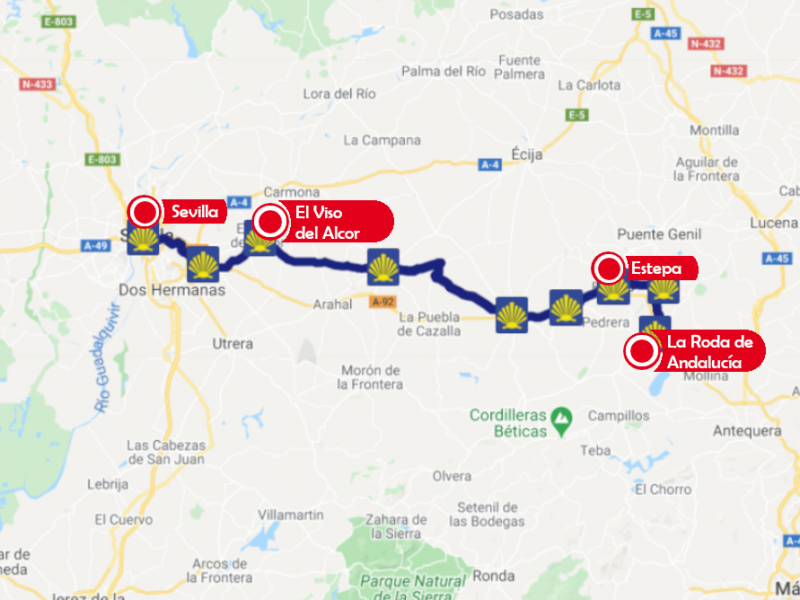
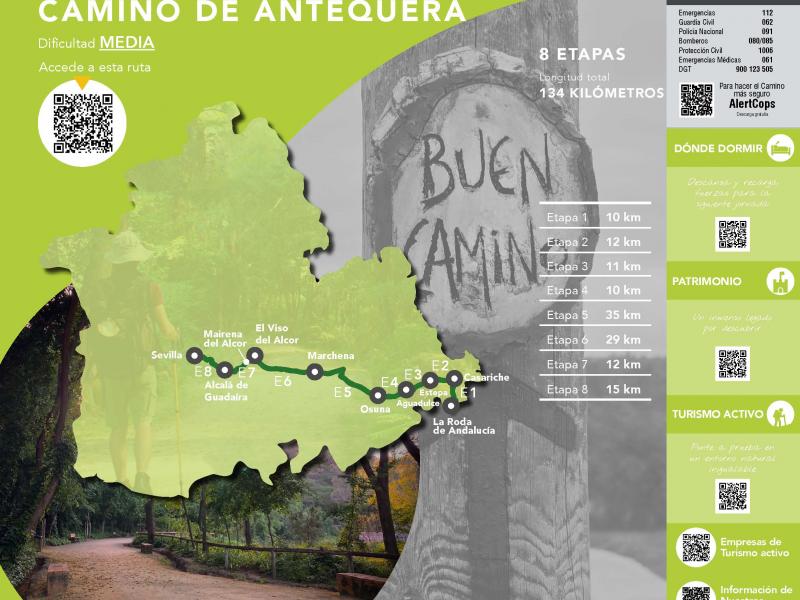
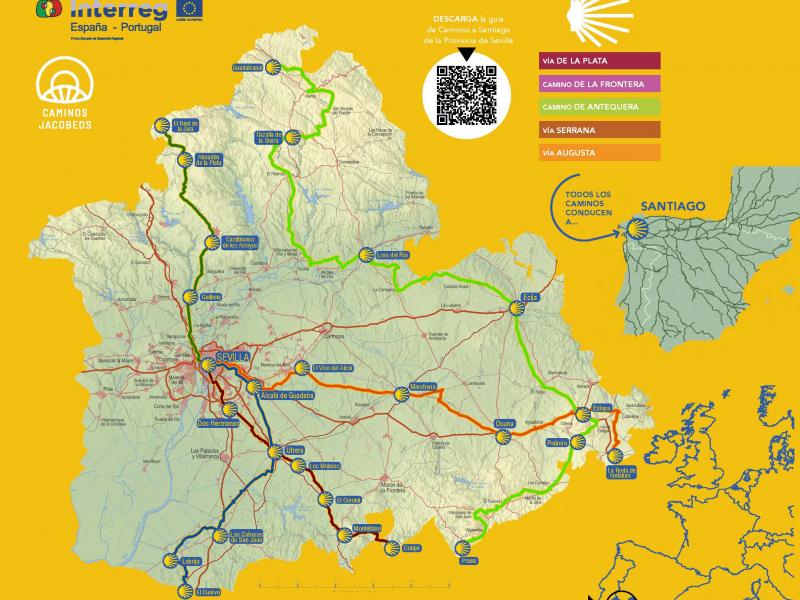
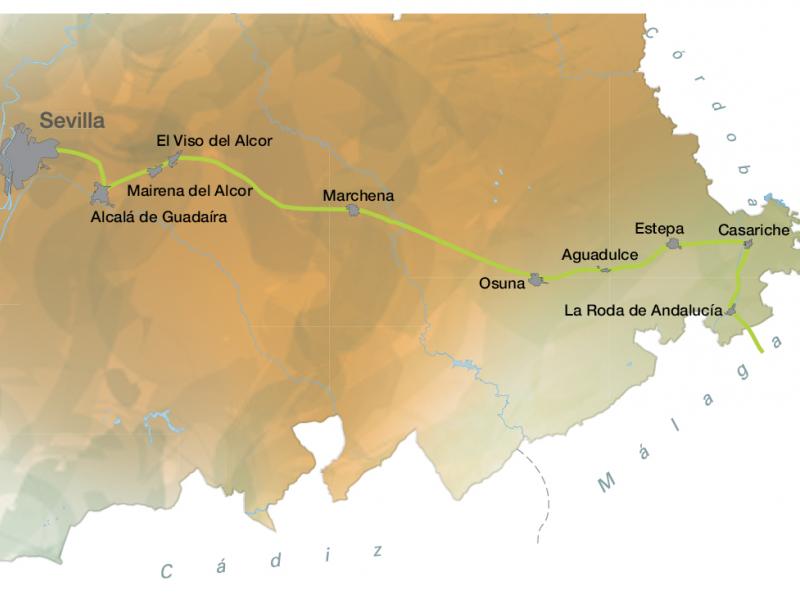
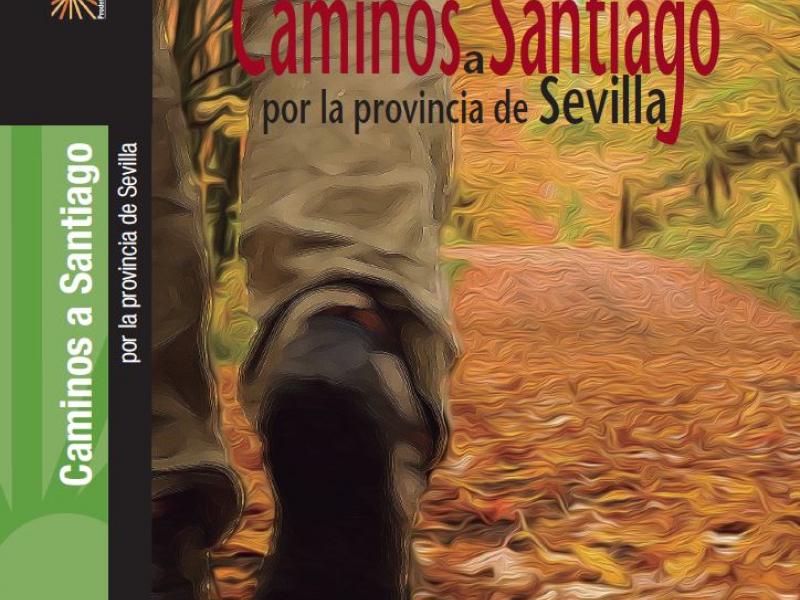
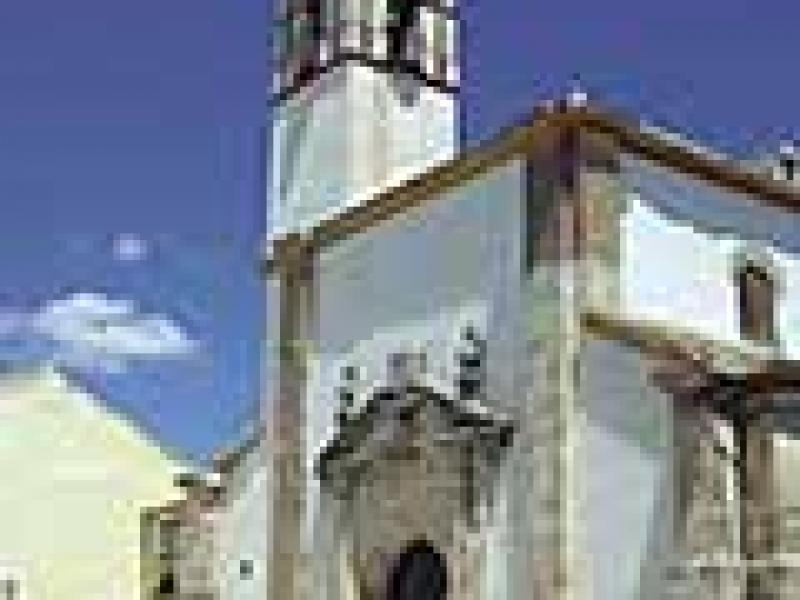
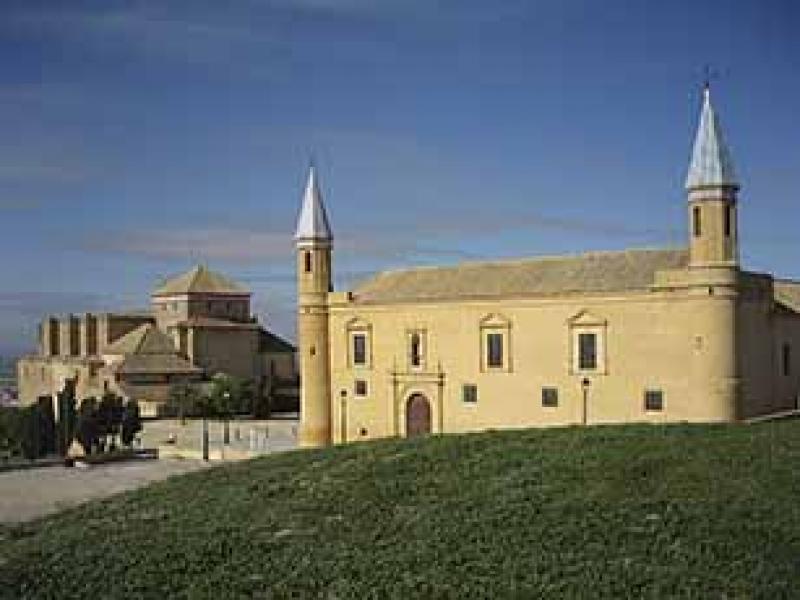
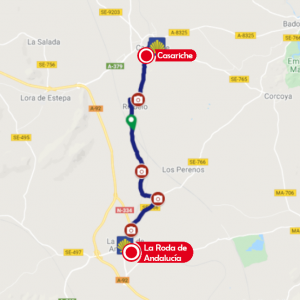
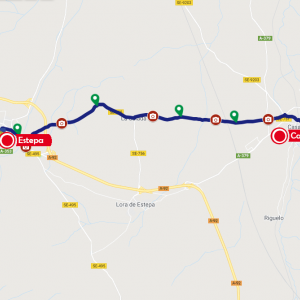
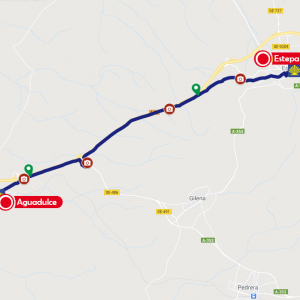
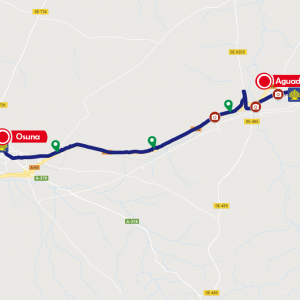
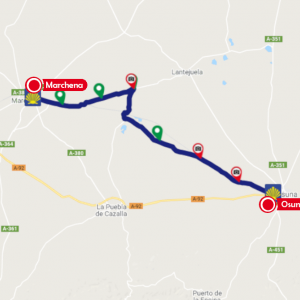
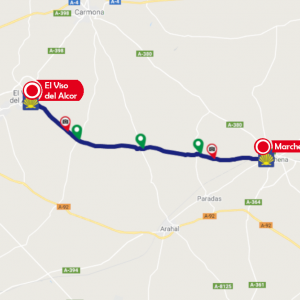
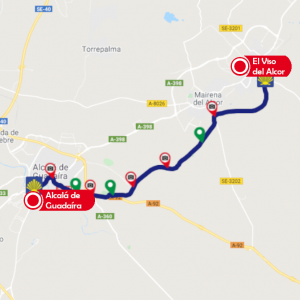
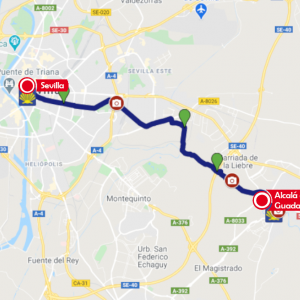
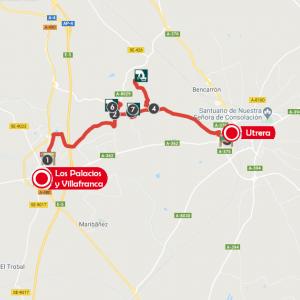
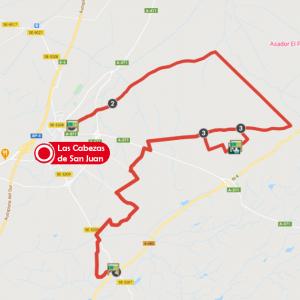
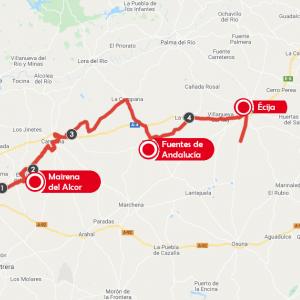
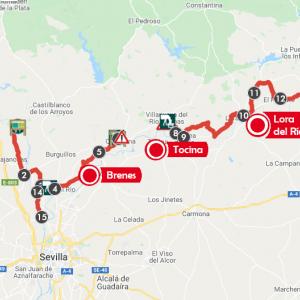
0 comments
New comment
The comments are moderated, so it takes a while to appear. If they contain offensive language they will not be published.